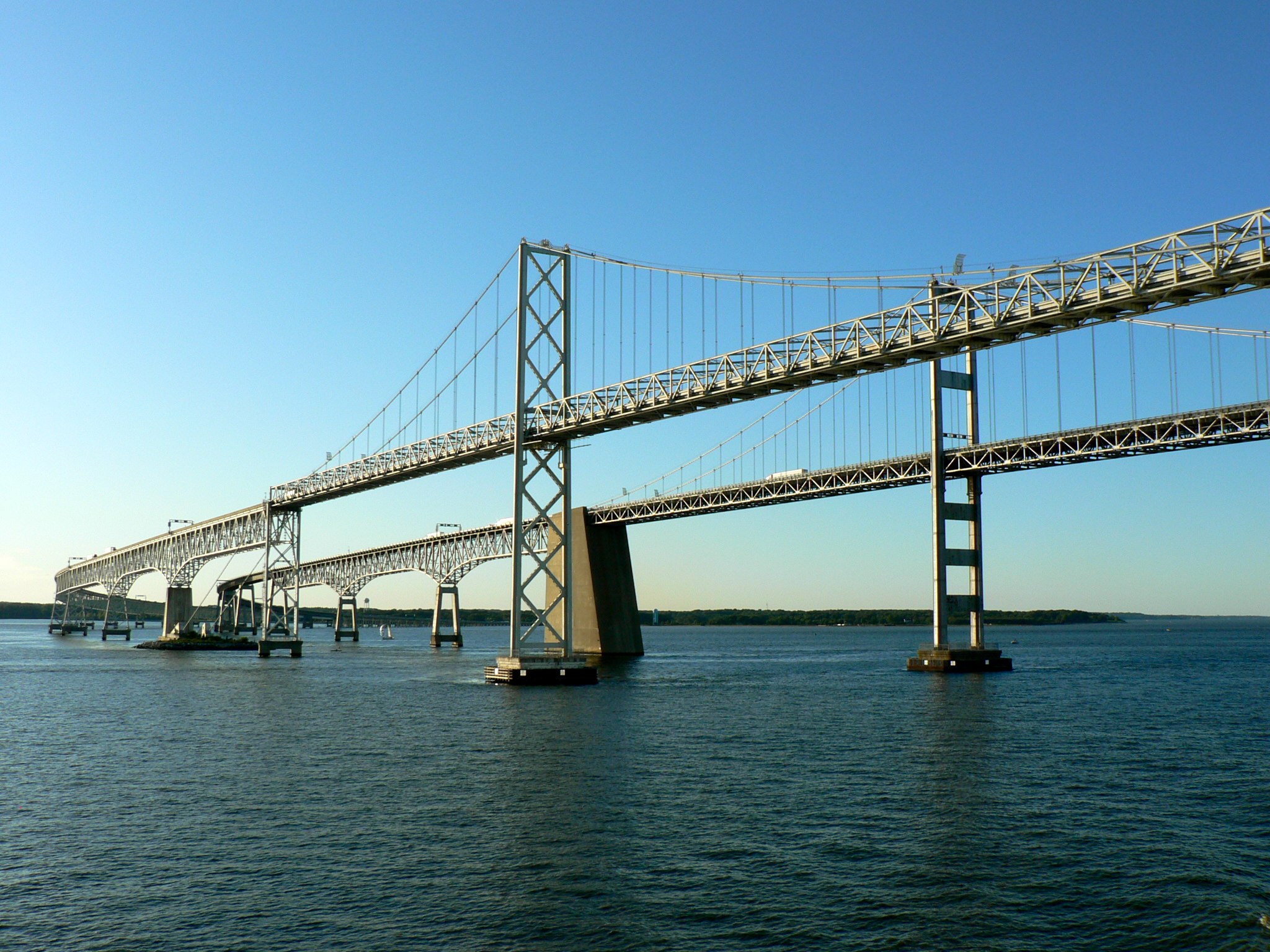The prognosis for the Chesapeake Bay is looking up this year, according to an ecological report released this month.
The Bay Barometer, a report released annually by the Chesapeake Bay Program, measures the progress of several components of the bay’s ecosystem, including wetlands, fish passage, forest buffers, underwater grasses and blue crab and oyster populations.
Nick DiPasquale, Chesapeake Bay Program director, said the report, which gives people “a pretty comprehensive idea of what’s going on in the watershed,” indicates headway in several areas, including growth of underwater grasses.
“The theme for this year’s Bay Barometer is interconnectedness,” DiPasquale said. “When we mess around with one area of the environment, it’s going to have an impact on other areas.”
The regrowth of the Susquehanna River Flats, an underwater grass bed, is particularly exciting, DiPasquale said. After being almost completely wiped out by Hurricane Agnes in 1972 and again in 2011 by Hurricane Irene and Tropical Storm Lee, the grasses have bounced back at a surprising speed, even growing to a point that dates back before Hurricane Agnes.
“What that tells us is we’re building resilience back into the system,” DiPasquale said.
Libby Truitt, a sophomore environmental science and policy major, said this is important because underwater grasses “are such crucial habitat.”
Another area showing progress is the addition of more public access sites around the bay, including land and water trails, wildlife-observing areas and canoe and kayak launches, DiPasquale said. There are plans to add another 300 public access sites by 2025 to the more than 1100 already established.
Public access sites are essential to the protection of the Chesapeake Bay because they allow people to go out and experience it, which shows people the beauty of the region and why it needs protecting, Truitt said.
Despite the positive outlook, the bay is still struggling with areas such as wetland restoration and forest buffers, according to the report. DiPasquale said there is still much work to be done because these indicators are not meeting their projected goals.
Denise Breitburg, senior scientist at the Smithsonian Environmental Research Center, said that the positives of this year’s report are encouraging, and she said she hopes “we can turn back conditions to some earlier time point when the footprint of human activities wasn’t so strongly affecting the bay.”
Change is possible, Breitburg said, but it will require a concerted effort.
“The magnitude of what is required to improve water quality and restore our living resources really requires a collective effort that is pretty massive in scale,” she said.
However, Maya Spaur, a junior environmental science and technology and government and politics major, said individual action can still have a significant impact on the health of the Chesapeake Bay.
Spaur, Student Government Association Sustainability Committee director, said taking steps such as switching to organic fertilizer, not dumping chemicals in the ground and voting for candidates who want to protect the bay can all add up to a significant change.
Lindsay Wood, a junior microbiology major, said her family is doing their part by “setting up a rain garden so water from our gutters goes through our front yard” instead of redirecting into the bay.
DiPasquale said helping people appreciate the bay and understand the importance of its ecosystem is what will ultimately decide its health.
“People don’t value what they don’t know, and they don’t protect what they don’t value,” he said. “Small actions individually may not seem important, but collectively they’re huge.”



